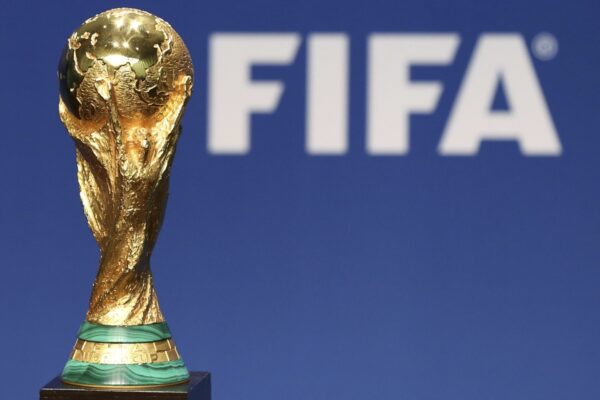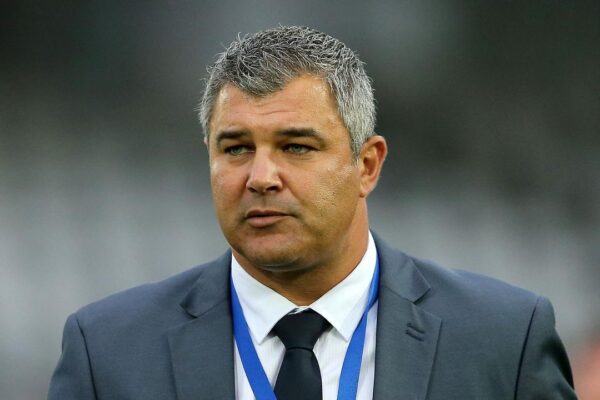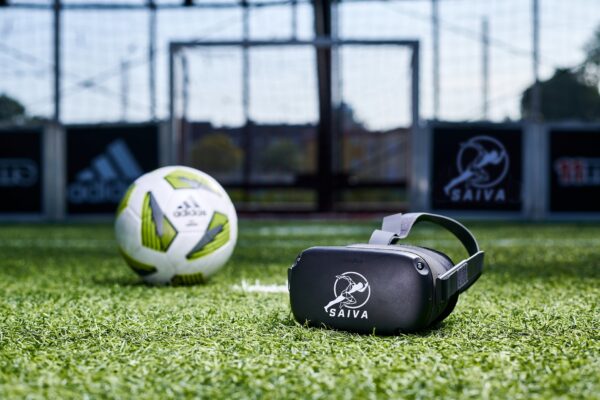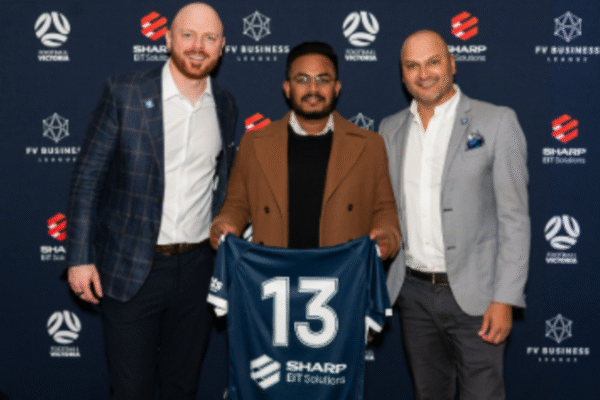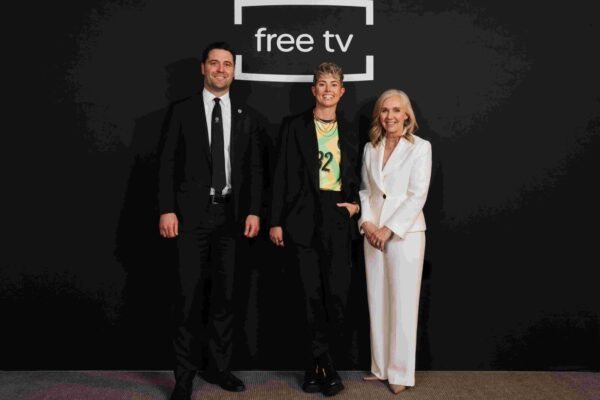
Image Credit: katatonia82 / Shutterstock.com
More than one million subscribers have already signed up to the French Professional Football League’s (LFP) new Ligue 1+ direct-to-consumer (DTC) streaming platform in its first month of operation.
The service launched with a bang, attracting over 600,000 subscribers during its opening weekend, eclipsing the total number DAZN managed across the entire 2024/25 season, when it held the bulk of Ligue 1 rights.
Nearly three-quarters of current users (72 per cent) have committed for the full 2025/26 campaign, allowing the league to hit its first-year target inside a matter of weeks.
The LFP credits the strong start to wide distribution across France’s leading pay-TV and streaming providers, including DAZN, Orange, Free and Amazon Prime Video, as well as an expanded editorial line-up.
Ligue 1+ offers eight live matches each week, plus the Trophée des Champions, relegation play-offs and the final two rounds of the season. Subscribers also get magazine shows, behind-the-scenes documentaries and planned children’s programming.
Competitive pricing has been central to the uptake. Standard monthly access is set at AUD $26.60 with a promotional $17.70 rate for the first three months.
Viewers under 26 can lock in a permanent $17.70 plan, while a flexible month-to-month option is available at $35.50.
The league reportedly invested AUD $117m to establish the platform and is targeting between 2.2 million and 2.5 million subscribers within four years.
Talks are ongoing for a carriage deal with Canal+, France’s most influential pay-TV network, to further boost reach.
Ligue 1’s bold streaming gamble pays off in record time
Ligue 1’s decision to launch its own DTC service followed a string of failed broadcast arrangements, including the collapse of an AUD $5.77 billion deal with Mediapro in 2020.
For a long time, the league was unattainable in France without multiple expensive subscriptions, leaving fans in a tough spot between spending more money across multiple platforms or simply not accessing some of their biggest domestic matches.
By bringing domestic broadcasting fully in-house, it became the first of Europe’s “big five” leagues to distribute its matches on its own platform, an experiment that the global sports industry is watching closely.
With Bundesliga hunting for a more ‘content creators’ approach with its Mark Goldbridge partnership and French football leaning towards owning its streaming service, we are starting to see a big positive shift in how consumers are treated.
The early numbers show why the gamble was the best call they could make. Wide distribution, sharp pricing and strong support from clubs have driven rapid adoption and given the LFP a direct relationship with fans.
While clubs must adapt to more variable revenue and low entry prices mean profits will take time, Ligue 1 has seized control of its media future. The success of Ligue 1+ proves that owning the pipeline to supporters can deliver both reach and long-term financial security, setting a precedent other major leagues may soon follow.






